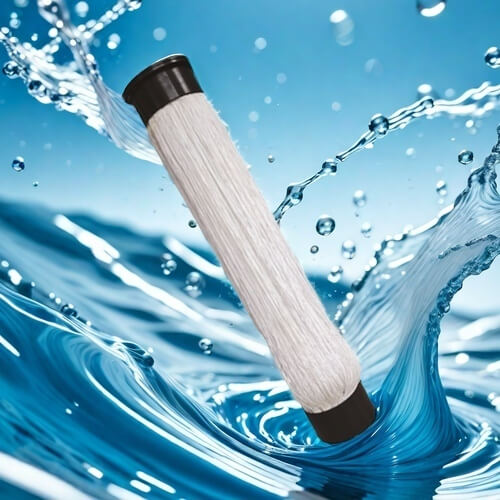Treatment process of cyanide containing electroplating wastewater
The treatment process of cyanide containing electroplating wastewater mainly includes various methods such as chemical oxidation, precipitation, ion exchange, and membrane separation. The following are specific processing steps and techniques:
1. Chemical oxidation method
Principle: Use oxidants (such as sodium hypochlorite, hydrogen peroxide, etc.) to oxidize cyanide in wastewater into non-toxic cyanates or other non-toxic substances.
Steps:
PH adjustment: Adjust the pH value of the wastewater to 10-11 to enhance the oxidation effect of cyanide.
First addition of oxidant: Add sodium hypochlorite to the reaction tank to convert cyanide into cyanate.
Neutralization treatment: Add dilute sulfuric acid to the neutralization tank to lower the pH value to 7.5-8.5.
Add oxidant again: Add sodium hypochlorite to further oxidize the cyanate into nitrogen and carbon dioxide.
2. Chemical precipitation method
Principle: By adding precipitants (such as lime, sodium hydroxide, etc.), heavy metals and other pollutants are removed by forming insoluble precipitates.
Application: Suitable for heavy metal removal in cyanide containing wastewater, usually combined with other methods to improve treatment efficiency.

3. Ion exchange method
Principle: Using ion exchange resin to exchange heavy metal ions in wastewater, thereby removing pollutants.
Advantages: It can effectively remove low concentrations of heavy metals, with good effluent quality and no secondary pollution.
4. Membrane separation technology
Types: including reverse osmosis (RO), nanofiltration (NF), etc.
Principle: Through the selective permeability of the membrane, pollutants in wastewater are separated from water.
Application: Suitable for the reuse of electroplating wastewater, it can effectively remove heavy metals and organic matter.
5. Comprehensive processing technology
Modern electroplating cyanide containing wastewater treatment usually adopts a combination of multiple methods to improve efficiency. For example:
Pre treatment: Use chemical precipitation method to remove most heavy metals.
Oxidation treatment: Use sodium hypochlorite for cyanide breaking reaction.
Deep processing: further purification through membrane separation technology.
Conclusion
The treatment of cyanide containing electroplating wastewater requires the selection of appropriate technologies based on specific circumstances. The comprehensive use of multiple methods can not only effectively reduce the impact of wastewater on the environment, but also achieve resource recovery and reuse. With the improvement of environmental standards, enterprises need to continuously optimize their treatment processes to meet increasingly stringent emission requirements.
